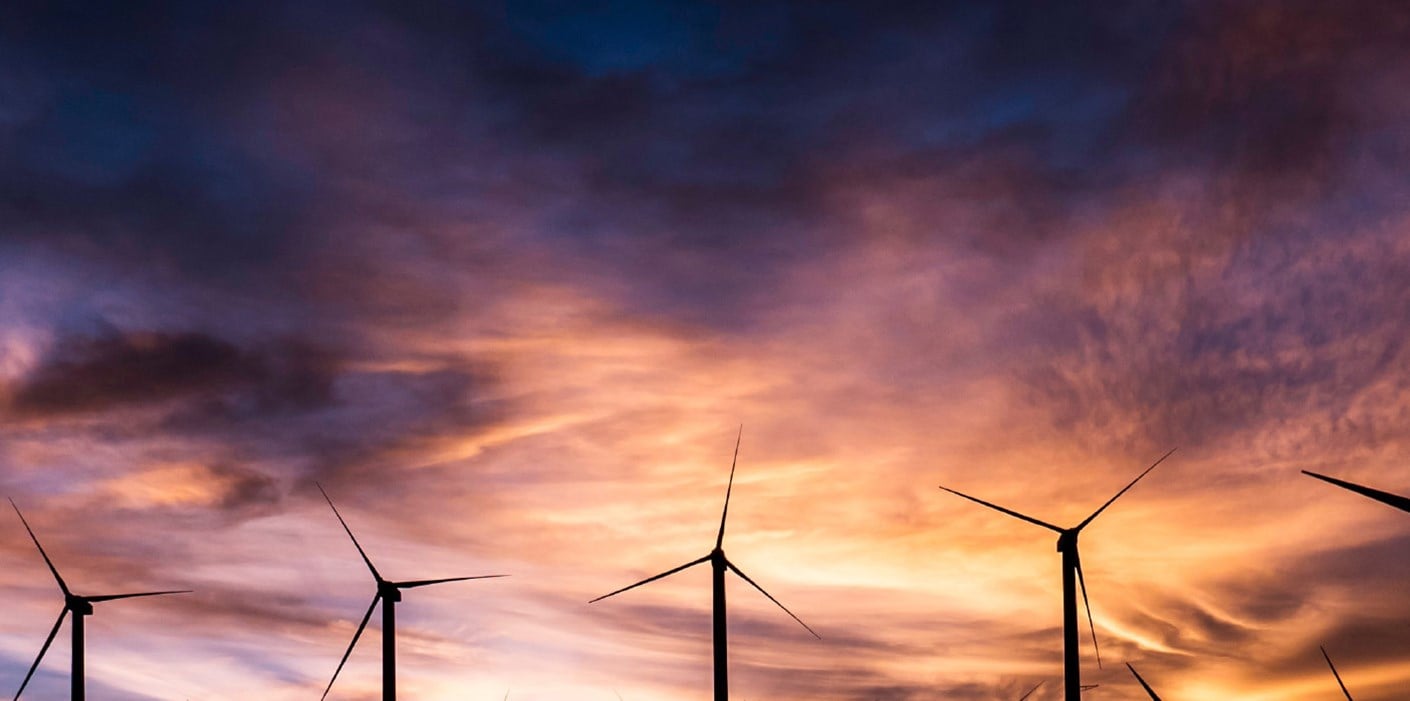From my workplace window there are days when I can seeplanes landing at Delhi airport. On most days however, the planes are invisible. Instead, I see a grim, brown pollution cloud above the city. The air in Delhi, inspite of the city’s public vehicles running on clean natural gas, and close to 3 million people using mass transit daily, is the most polluted in the world. Underneath, on the roads bulging columns of vehicles toil, jostle and at times collide. Understanding of road safety rules, and its enforcement is poor in India except in a few cities. India has among the lowest vehicle ownership rates in the world, yet it records among the highest fatalities in road accidents.
It is not that poor air quality, or bad roads are unique to India. Businesses face similar risks in other developing countries. So what is it about India that turns seemingly common environmental, health and safety risks into headline grabbing public hazards that can potentially impact millions of people? What is the perception of such risks among businesses in India? What should a business do to address such risks?
Such questions are the focus of ERM’s India Environmental Risk Survey 2015. ERM works with business owners, investors and lenders globally to identify, assess and mitigate environmental risks and protect and enhance the value of fixed investments. ERM’s Environmental Risk Survey 2015 contributes to our activity by tracking and quantifying the perception of environmental risks among industry managers and operators in India.
The 2015 Survey results have been summarized and informed by ERM’s unique perspective in evaluating environmental risks for its clients in India. The report makes concluding recommendations on what a company should do to mitigate such risk.

